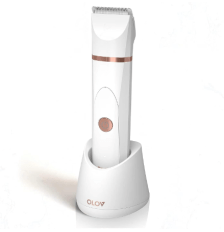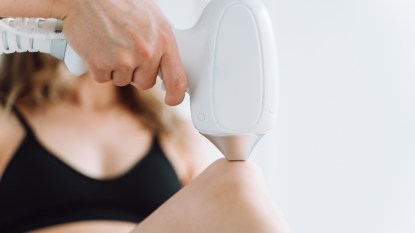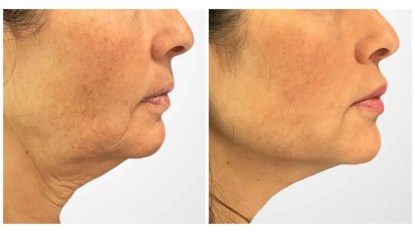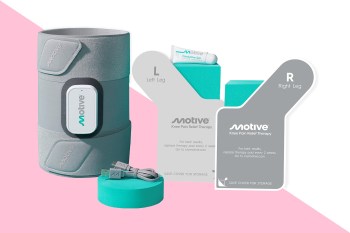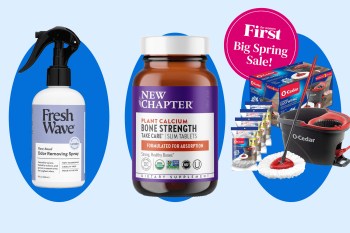Pro Stylists Share the Best Bobs for Thin Hair + Easy Styling Tricks for Even *More* Volume
From asymmetrical to banged to angled, find the one that works for you!

Thanks to stress, genetics and the natural aging process, 60 percent of women suffer from thinning or fine hair. The good news: No matter the culprit, you can boost volume (and your confidence!) with the right haircut. The one cut that can work wonders for everyone? A bob! Here, top hairstylists share the best bobs for thin hair — from blunt or beveled to banged — and simple styling strategies guaranteed to help your tresses look thick and healthy, and help you appear younger!
(Click here for more ways to combat thinning hair.)
What is a bob?
“A bob is any haircut that ranges from just above the shoulders to the chin,” says celebrity hairstylist Carrie Butterworth, who has worked with stars like Sigourney Weaver and Mena Suvari. Because of the different ways to layer and distribute the weight of the hair, she notes that there are many wonderful variations of the bob. Some of the most popular iterations of bobs for thin hair include blunt, asymmetrical, long bob or “lob,” C-cut, shaggy, bouncy and banged bob to name a few.
The benefits of bobs for thin hair
Shorter-length hairstyles, with their volume-enhancing layers and texture, always give the illusion of fuller, thicker hair, notes Butterworth. “Bobs work especially well for thinning or fine hair because they allow you to keep some length without having to worry about your hair looking stringy or wispy like it would in a longer hairstyle,” she says.
What’s more? Bobs can be tailored to any texture of hair and face shape, making them a flattering choice for everyone, Butterworth says. “I would recommend getting a bob in the winter, so your coat or sweater collars aren’t competing for visual and physical space.” Read on to find the bob cut that’s right for you.
Related: Stylists Agree: These Medium-Length Haircuts Are Perfect for Women Over 50
1. Best bobs for thin hair: Blunt bob

The combination of a bluntly cut style (it makes hair appear more “solid”) and side fringe (it hides sparse spots along the temples) creates the illusion of a fuller-looking mane. Adds hairstylist Rodney Cutler, who has worked with celebrities like Rachael Ray and Emma Watson, the mid-length cut “chisels” the jawline and sideswept bangs “lift” cheekbones. Simply ask your stylist for a blunt crop with point-cut ends that rest below the chin, and side bangs long enough to tuck behind the ear.
2. Shaggy bob

The movement and “bulk” of a heavily layered, shoulder-sweeping cut tricks the eye into seeing a mane that’s two times thicker. Plus, says celebrity hairstylist Stephen Knoll, who’s worked with stars like Cindy Crawford and Kathy Ireland, feathery fringe helps mask thinning along the part. Ask your stylist for a shoulder-length shag with face-framing layers that taper from the temples down and full, wispy bangs that skim the eyebrows.
3. Best bobs for thin hair: An asymmetrical bob
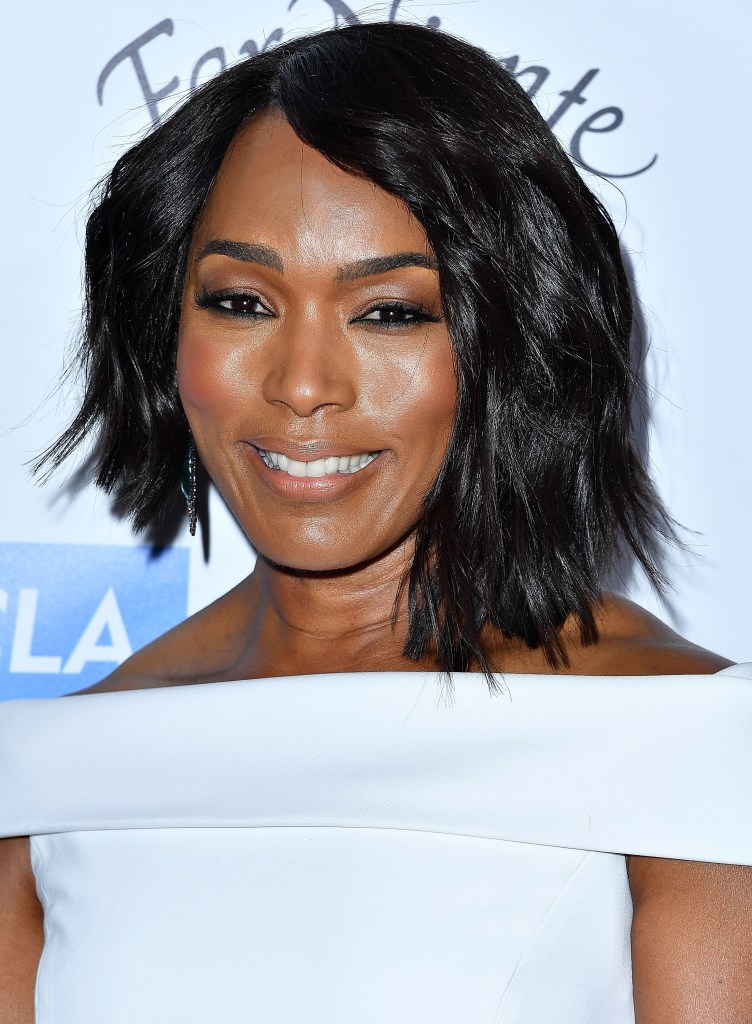
“The uneven shape of a slightly askew mid-length style draws attention to the ends of hair and away from any thinner spots throughout the head,” says Butterworth. And adding choppy texture to the ends of hair not only causes strands to appear more “solid” overall but also offers a touch of youthful edge to the style. Ask your stylist for a midi cut that’s slightly shorter on one side with textured ends that are cut with a razor.
4. ‘Lob’ or long bob
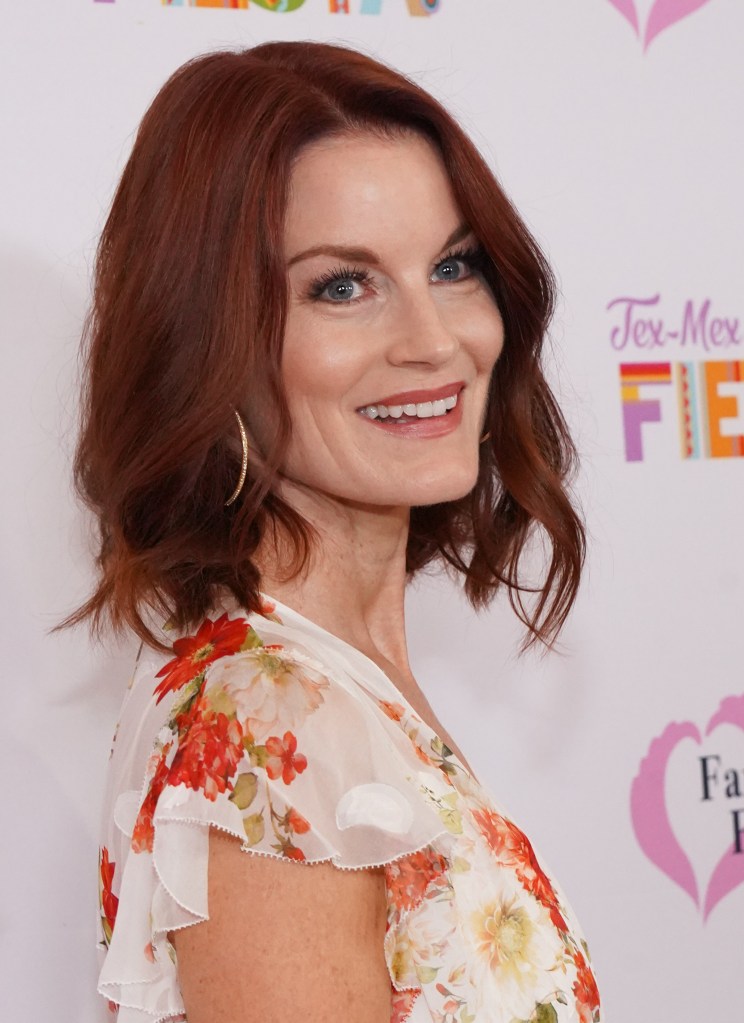
The simple way to ensure a long bob (aka lob) looks beautifully buoyant rather than limp? Snipping in long layers and textured ends, says hairstylist Nunzio Saviano, who has worked with A-listers like Brooke Shields and Anjelica Huston. The layers release the weight of hair so it moves more freely and pushes hair up and out for more volume. Ask your stylist for a long bob that floats right above the shoulders with long, blended layers throughout and choppy, point-cut ends.
5. Best bobs for thin hair: “C”-cut bob

A “C”-cut bob is a fresh take on the iconic “Rachel” haircut that was popular in the ’90s, says Butterworth. That’s because the letter-shaped layers that flip in toward the face add depth and dimension to finer strands by ensuring they won’t lie flat against the scalp. And an off-center part helps hair sweep over in a curtain-like way to conceal any sparseness along the hairline and at the temples. Ask your stylist for a collarbone-length bob with graduating, face-framing layers and soft sideswept bangs.
6. Banged bob
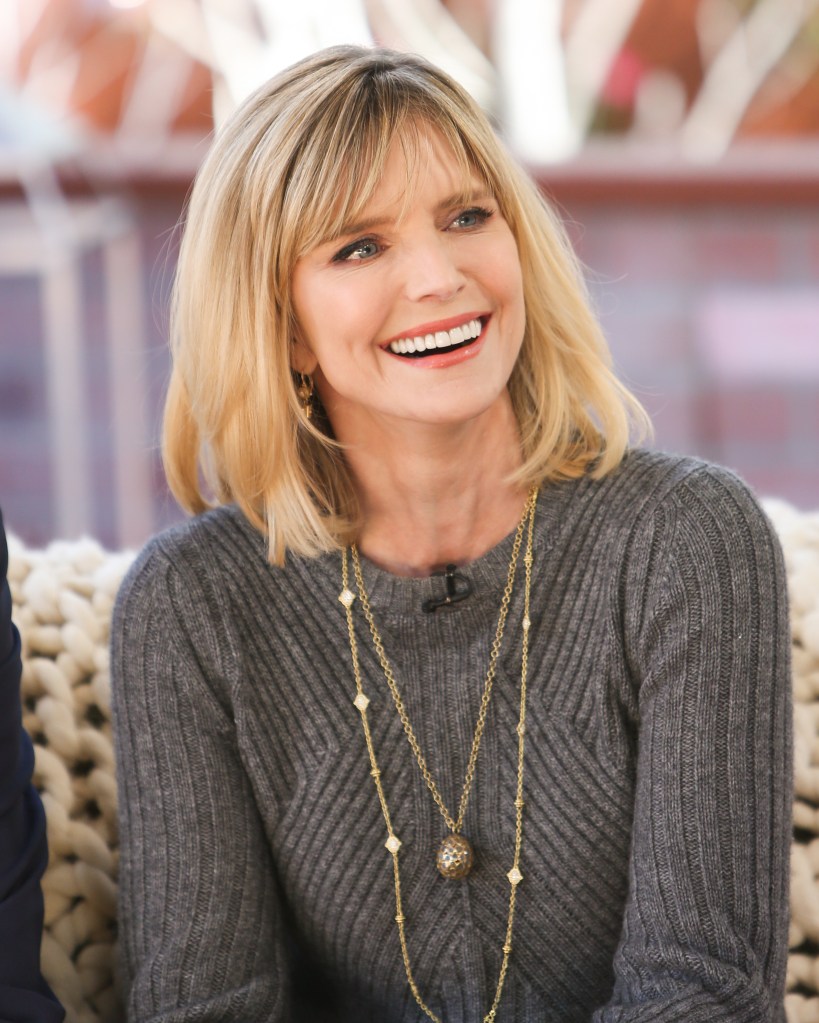
The movement of a bob with blended layers throughout that swings at the shoulders creates the illusion of a thicker head of hair, says Saviano. And when accompanied by full bangs that blend seamlessly into layers, it provides added coverage near sparser areas at the temples. Ask your stylist for a shoulder-length cut with wispy, eyebrow-skimming fringe that transitions into longer layers around the face.
7. Best bobs for thin hair: A beveled or angled bob
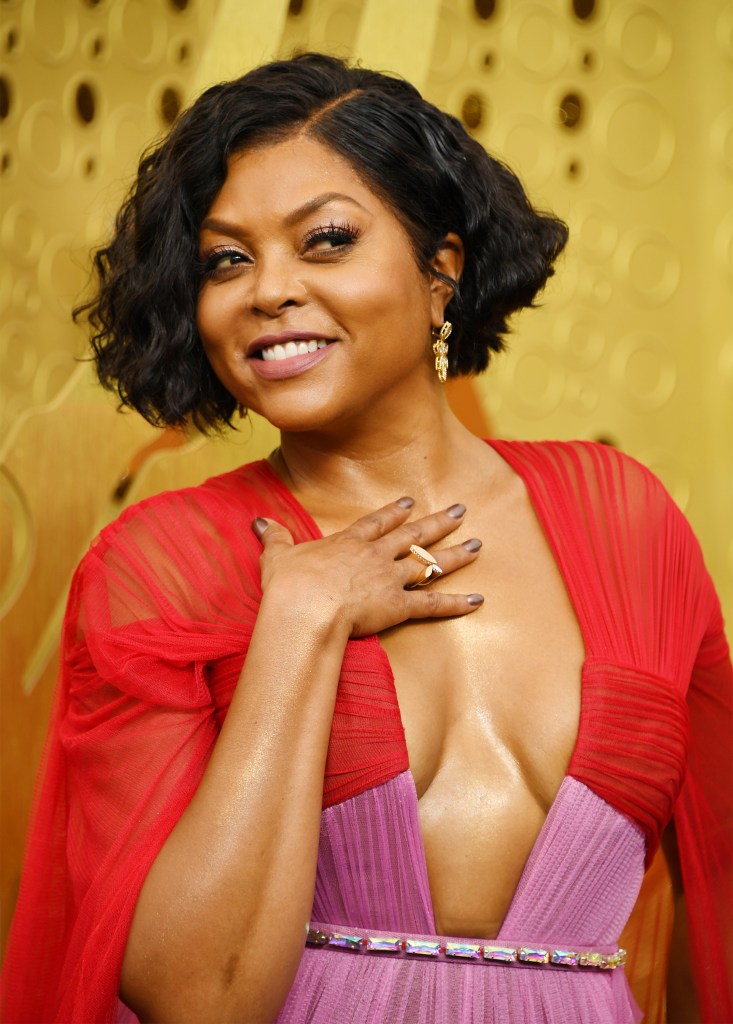
Infusing an uneven bob with volume and texture gives thinner tresses an instant thickening boost, and its angular style that’s longer in the front and shorter in the back distracts from any thinning at the crown and instead directs focus to thicker strands that beautifully frame the face. Ask your stylist for a blunt-cut, jaw-length bob that’s slightly longer on one side and tapered in the back.
5 ways to style bobs so thin hair looks even fuller
1. For a sleek, straight look
Blow-dry damp hair using a paddle brush until all of hair is dry. Next, use a flat iron on 1″ sections of hair to smooth out any natural waves or kinks. Finish by misting strands with a dry texture spray like Kristin Ess Hair Dry Finish Working Texture Hair Spray (Buy from Amazon, $14.97). The spray provides finer tresses with some grittiness so the smooth style doesn’t lie flat against the head.
2. For a wavy look
Gently back-comb dry hair at the roots with a teasing brush like GranNaturals Teasing Boar Bristle Hair Brush (Buy from Amazon, $7.99) to lift hair off of the scalp and enhance volume. Next, loosely wrap 1″ sections of hair around a 1½” curling iron. Once all of hair is curled and cooled, gently tousle and comb with fingers. Set with hair spray.
3. For a flirty, flipped look
Lightly mist a volumizing spray like Pacifica Beauty Ginger Root 10 In 1 Hair Volumizer Spray (Buy from Amazon, $10.50) all over damp hair to help plump up finer tresses. Next, blow-dry while using a medium-size round brush on 2″ sections of hair, gently lifting strands up and out at the roots to prop them off of the scalp. When nearing the ends with the brush, pull hair slightly inward to create flippy, hair-thickening texture. Set with hair spray.
4. For a curly look
Use a 1″ curling iron on 1″ sections of dry hair so that curls fall away from the face. This creates maximum volume as they stack on top of each other. Then, once all hair is curled, gently brush through with fingers and set with hair spray. Also smart: As hair grows out and becomes longer, switch to a curling iron with a larger barrel like 1 1⁄2“, to create soft yet less-compact curls that won’t overwhelm the face.
5. To enhance natural curls
Work a quarter-size amount of a curl-enhancing cream like Not Your Mother’s Curl Talk Defining Cream (Buy from Target, $7.79) through damp hair from roots to ends. Next, using a diffuser attachment, blow-dry hair in 2″ sections, gently “scrunching” from ends up to roots with your free hand at the same time. Repeat until all of hair has been dried and curled.
Related: Heatless Curls For Short Hair — 4 Ways To Get The Bounce Without The Burn
For more styling tips for thin hair, click through these stories:
10 Easy Braids for Thin Hair That Make Hair Look Thicker Instantly
8 Updos That Add Volume To Thin Hair: Celebrity Stylists Give the Easy How-Tos

